A while back I stumbled across a great website by the name of Tower of Babelfish. Their front page has a bunch of pictures of fugus, so that in itself is enough to make them awesome in my book. Anyway, the guy running the show over there is on an eight year (and counting) journey to gain fluency in German, Italian, French, and Russian.
On his site he shares strategies to help people reach their language goals quickly, efficiently, and effectively. He also does his best to help people avoid potential pitfalls along the way. Even though he’s not studying Japanese, we can still apply some of the basic principles discussed on the site to our studies of Japanese.
Learning Japanese With Pictures
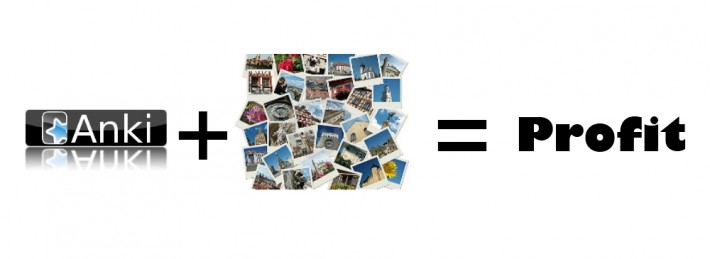
One of the practices he mentions, which I think is particularly useful (especially for the beginner), is making an Anki deck of 400 some base vocabulary words using only pictures and the Japanese word for what’s in the picture. Of course one can do more than the 400, but I think it’s a solid start.
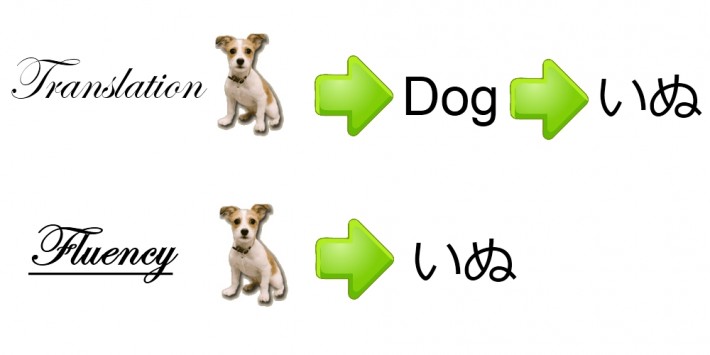
This assists the learner in learning the Japanese word for the thing depicted in the photo instead of having the learner learn the Japanese word for the English word that corresponds to the thing. You know what I mean? It’s like cutting out the middleman. Just look at the above picture if the verbal description isn’t doing it for you. And that base vocabulary list can be found here.
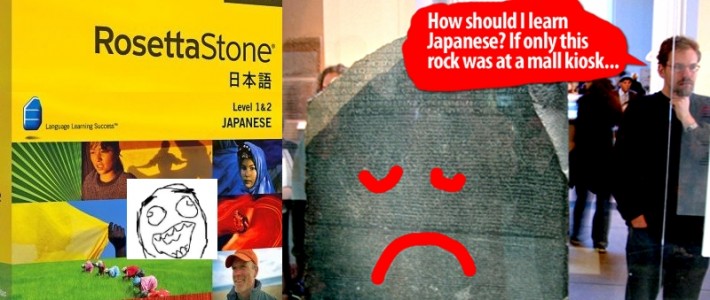
This concept is kind of similar to the approach Rosetta Stone takes to learning a language. However, we don’t like Rosetta Stone very much. So why do I like this idea? Well, I think Rosetta Stone can be fine as a supplement, but I don’t really like it as the sole means of learning. Also, you’re doing everything yourself so it’s totally customizable and tailored to your specific needs and interests since you’re the one making it. Plus, this do-it-yourself Anki method is totally free, unlike Rosetta Stone, which is not. Free is good.
Pronunciation is Key
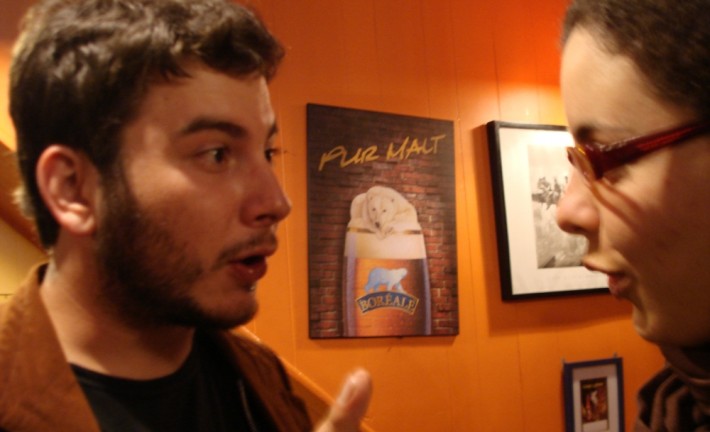
So how does this process work? Well, for the absolute beginner, the most important thing to do is get the pronunciation of Japanese down pat. That way, you won’t be ingraining bad habits into your headbrain when studying these cards. The best way to start perfecting your pronunciation is to learn hiragana and katakana, and become familiar with how Japanese should sound. There’s lots of things you can do to achieve this, many of which take little to no effort at all.
Translations and Images
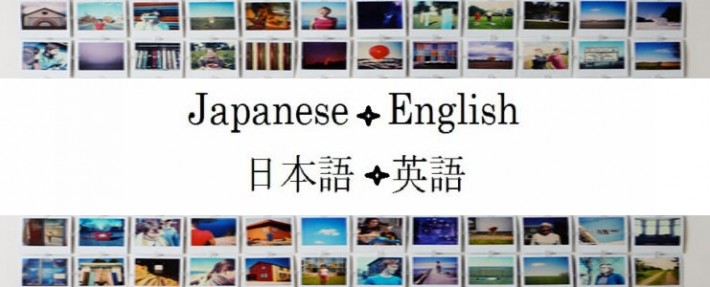
The next step is to translate the words from the above mentioned list into Japanese. To start, you’ll want to find yourself a reliable online dictionary such as Jisho.org. You can then put in the English words, figure out what the Japanese equivalent is, and start putting this information into Anki.
Along with this step, you’ll want to check your translations by making good use of Google Images. You should take the Japanese word you came up with and put it into a Google Image search and make sure that the images correspond to the word you’re trying to translate. If all is well, you can pick your favorite picture, save it, and use that as the other half to your Anki card. You’ll have the Japanese on one side and the picture on the other.
Forvo Audio

Another thing I think is helpful that isn’t mentioned on Tower of Babelfish is adding audio to the Anki cards. Especially if you’re still getting used to the pronunciation, this can be incredibly helpful. I think one of the easiest ways to do this is by going to Forvo.com and searching for the word you want pronounced.
Forvo has native speakers pronouncing individual words that you can download mp3 files of straight from the site. It can be a bit tricky finding words in Japanese because of romaji and all, but I think it’s worth the search.
Putting it All Together
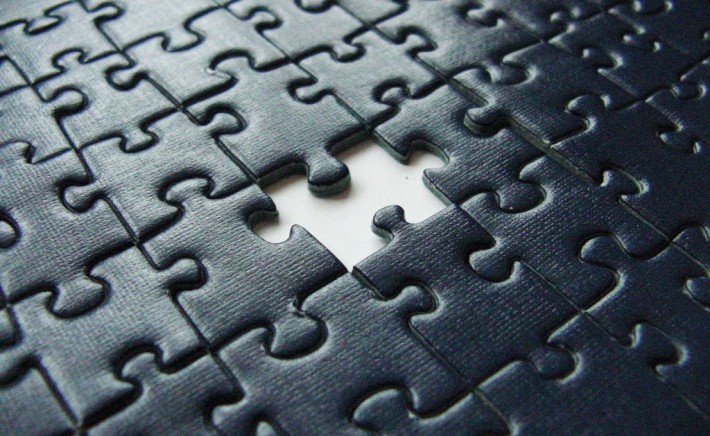
Once you have the Japanese translation, the audio file of it, and the picture, you can complete your Anki set. The audio file and the word itself go on one side of the card, and the photo goes on the other. Be sure to create two cards for each word so that when you’re studying you can go from word to picture and from picture to word. That way you can make sure you’re able to come up with the word on your own and also recognize it when it is read or said aloud. This will be super helpful.
Learning Japanese with Flickr
If you’ve been around the internet for a while, you’ve probably run into Flickr at least a couple of times. It’s a photo sharing site where amateurs and professionals put their pictures up and allow you to look at them. Great, splendid. So, how do you use these images to study your Japanese? The way I see it, there are two effective ways to do it (and a bunch of really dumb ways too), so let’s take a look at those.
1. “Image-a-Day” Translations
Learning Japanese is more about consistent practice and studying than anything else, so daily “traditions” get you a long way, at least if you think long term. This includes things like studying your flashcards every day, reading a Japanese newspaper article every day, writing a post on Lang-8 every day, or even just sitting down with your Japanese textbook and studying every day. The key here is consistency, because it’s not going to happen overnight anyways. By coming up with little traditions that you can do on a daily basis you’ll learn a lot more than the person who studies in big bursts. I think this is one of those things.
Flickr has a ton of new content every day, which makes it the perfect place to do this, though any image site would probably work. Pixiv.net is another great site to check. The idea is simple:
- Find an interesting, engaging image every day from one of these sites. Preferably this image will have a good amount going on (the simpler the image is, the less you will be able to get out of it).
- Take this image and find all of the nouns in the image (people, pleaces, things). Write them down on a piece of paper.
- Look up these words in Japanese. This list of words is your “daily new vocabulary.” You could make flash cards (or add them into iKnow) too, to help you review these words later / the next day.
This idea goes beyond just finding new vocab to study every day. There’s something to be said about associating images with words too. The more you can associate with a vocabulary word (images included), the more likely your brain is to remember said vocabulary word. Other “associations” can include emotions and senses (like sight, touch, smell, etc… you’d have to use your imagination here). By using a picture, and associating that picture with the vocab words, you’re giving your brain something else to latch on to, which probably means you’ll remember these vocab words more effectively than, say, if you just found them in a random vocabulary list.
Some Bonus Tips:
- Although you can pick random images from the home page, try searching every once in a while too. Search for things you like and are interested in, as this will help motivate and inspire you to study on a more consistent basis.
- Because this is an “extra” method of learning Japanese (i.e. you won’t be using Flickr as your sole Japanese learning method), don’t overdo it. 10-15 words per day is plenty. Much more than that is too much, and you should probably be using that time to study something more well rounded.
- Sort your searches by “interesting” to get the most interesting images. Images are more effective when they are inspiring and interesting.
- When you are studying the new vocab, make sure you look at the spot of the image which that vocab is associated with as you are studying. For example, if a flashcard comes up with the word “tree,” you’ll want to look at the image, find the tree, and then answer. Making these associations will help you remember the word more quickly and get them in your long term memory more effectively.
2. Associating Vocabulary With Images
This is going off of the last bit of part one. This, I think, is probably going to get you a little less bang for your buck, but if you find you’re the type of person who has a lot of trouble remembering vocabulary (or even kanji), this might help you. It’s definitely more time intensive, but if it gets you the results you need, then that time is definitely worth it. Here’s how it works:
- You have a list of vocabulary you’re learning, and you’re making your own flash cards (probably, if you’re using images, Anki will work best).
- For each vocabulary word (or, just the ones you’re having the most trouble with), add an image (which you can get from Flickr, or Google image search) as part of the vocabulary word. This can be its own slide, or added on to the English / Japanese slide (or both) to help you make that association. The brain likes these associations, and it will help you learn these words more effectively.
- Rinse, repeat, and learn your vocab.
Like I said, though, this method is more time intensive, so you’ll have to weigh your options. Is it faster to add the images and learn the vocab more quickly, or is it just faster to spend more time with the vocab and learn it that way? The decision is yours.
Bonus Tips:
- Pick wild images to go with your words. The crazier it is, the better it will work. This is a soft version of “creating flash bulb memories” while you’re learning, Your brain remembers crazier / wilder things more easily than boring, drab things.
- Try different image placements (as mentioned in point two, above) and see which combination works best for you. Everyone learns differently, so figure out what’s best for you.
- Try this with kanji, too. It should work pretty similarly, though you’ll want to be careful about associating the actual kanji shape with an image (which is not what you want to do). You’ll just want to focus on meaning, instead of how the kanji looks.
That should get you going. If you want some good images to get started with, I’ve provided a few below. You can click on them to get to the actual image itself!

Example Vocab: Mountain, Mountain climber, Sky, Clouds, Helmet, Jacket…

Example Vocab: Food, Computer, Mouse, Notebook, Tape, Chair, CD, Coffee…

Example Vocab: Water, Sea, Ocean, Boat, Dock, Harbor…
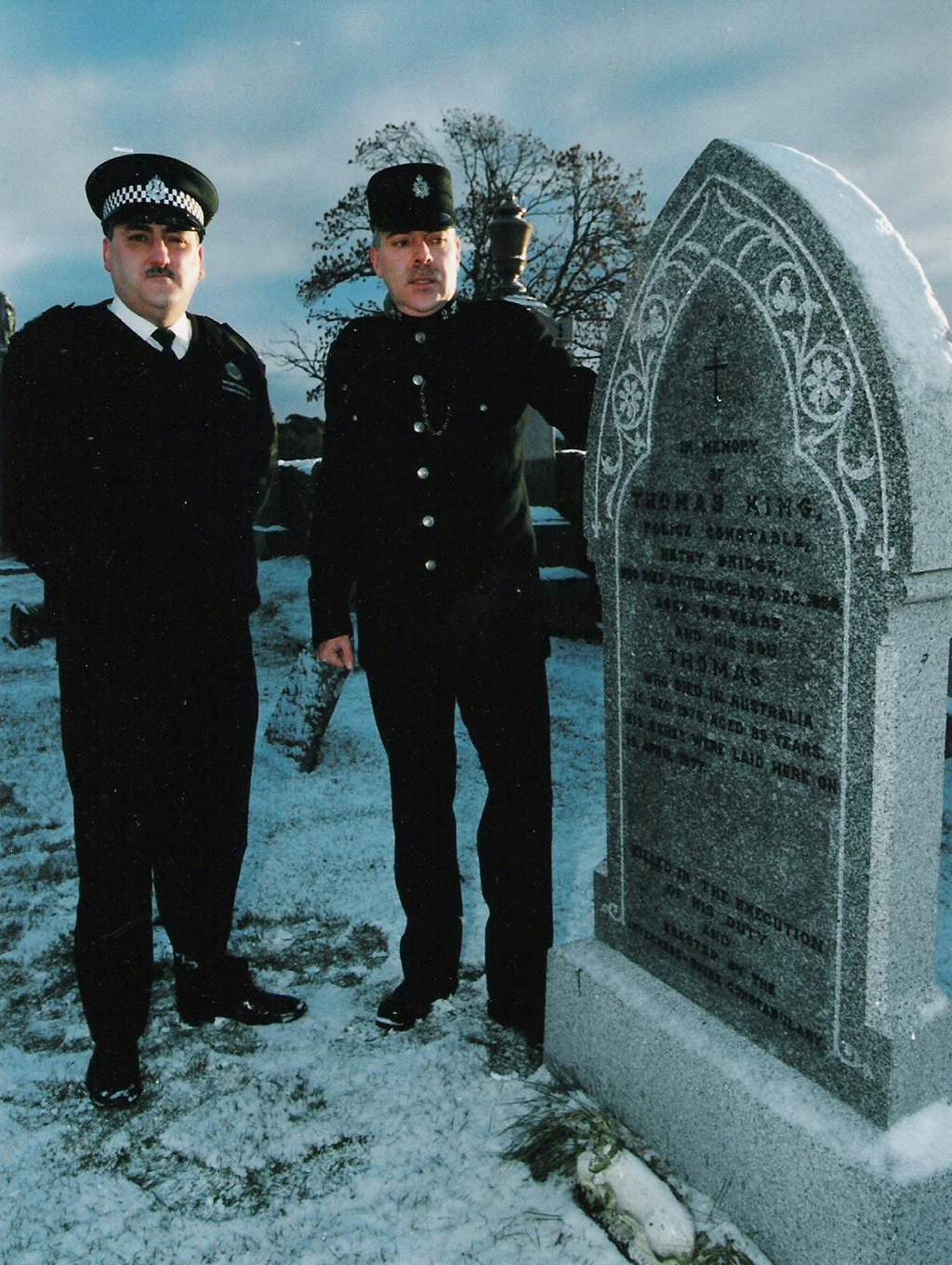
For Advanced Learners

Like I said, the base vocabulary word list up there is a great place to start. However, you can use this same method with any words or phrases that are easily depicted by a picture. So even if you’re an advanced learner, you can still use this method to learn new words and phrases. It might be a bit tricky to find a good picture for something like influenza (is it a picture of sneezing? A cold?) but you can see what works best for you.
It’s also important to branch out into word groups that interest you. Are you playing Japanese video games? Learn words like shield, sword, potion, and magic. Are you interested in Japanese politics? Learn words like parliament, republican, government, and representative. The best part about this is that you can tailor these cards to fit your needs and interests and make sure that the words you learn are actually relevant to you.
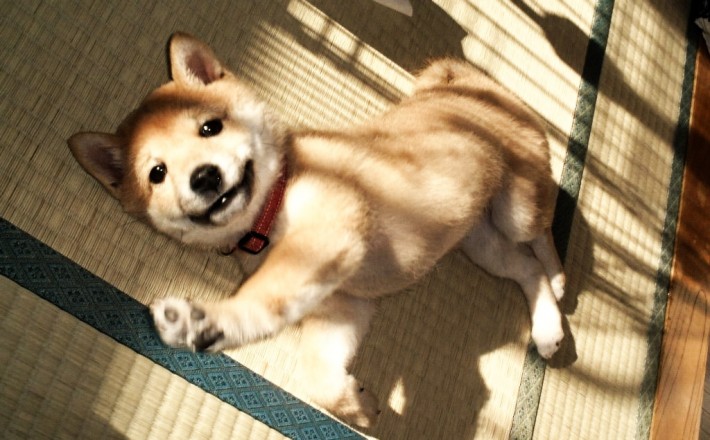
The important part of this method is getting yourself actually fluent in Japanese, and not just translating things in your head all the time. You’ll train your brain to see a dog and think, “Inu,” not see a dog and think, “Okay, that’s a dog and the Japanese word for dog is, uhm… inu. Okay, yeah, inu.” It helps you become a lot faster with the language.
I think this method is a great supplement, but not all words and phrases will work. Also, not everyone enjoys learning this way, and no one method works best for all. That being said, I still think this method can be really helpful. You’ll just have to try it out and see how it works for you!
